Beginners Corner - ABC Video #3 How to read a chart? Technical and Fundamental analysis
In this short educational video, Valeria Bednarik explains the bases of forex trading: technical analysis, charts, candelsticks and technical indicators, and also about fundamental analysis and macroeconomic data.


 1Likes
1Likes LinkBack URL
LinkBack URL About LinkBacks
About LinkBacks





 Reply With Quote
Reply With Quote





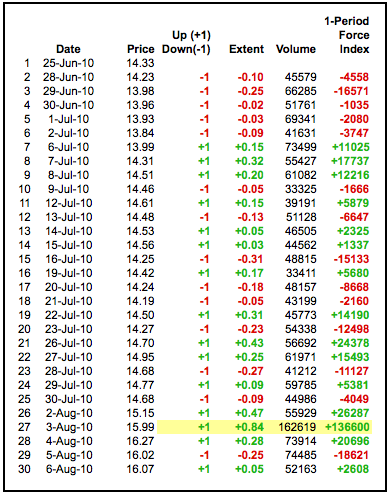
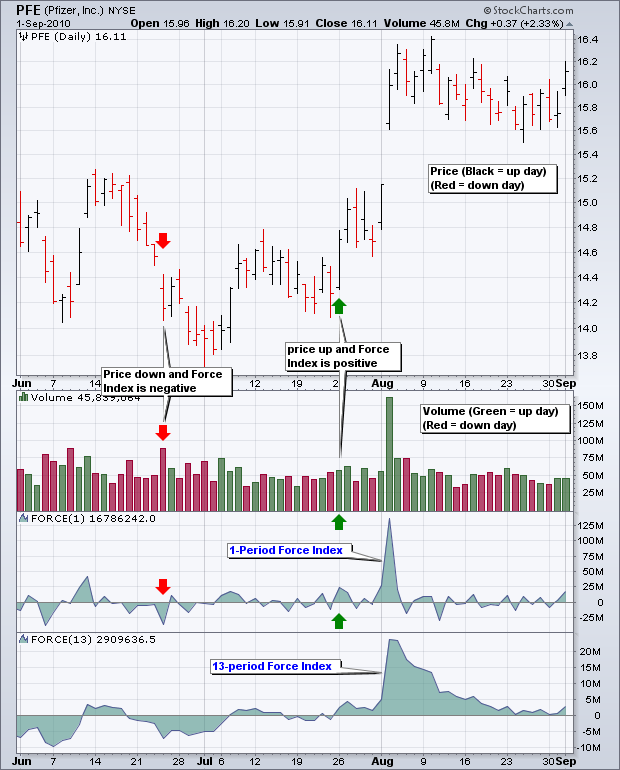
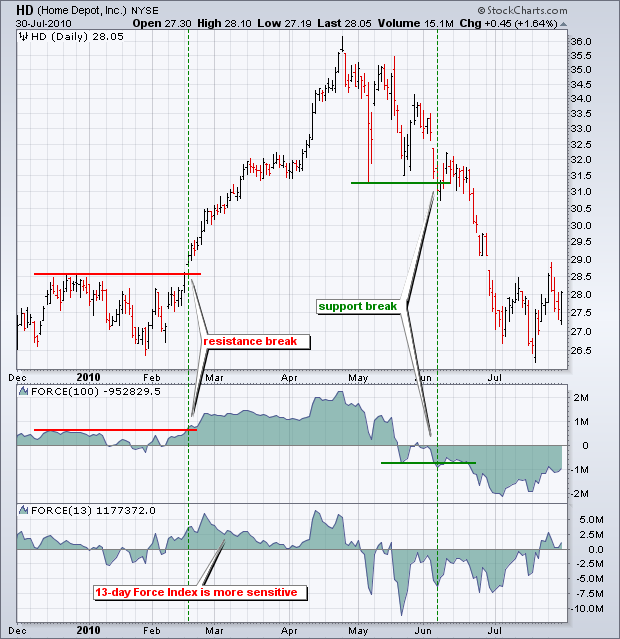
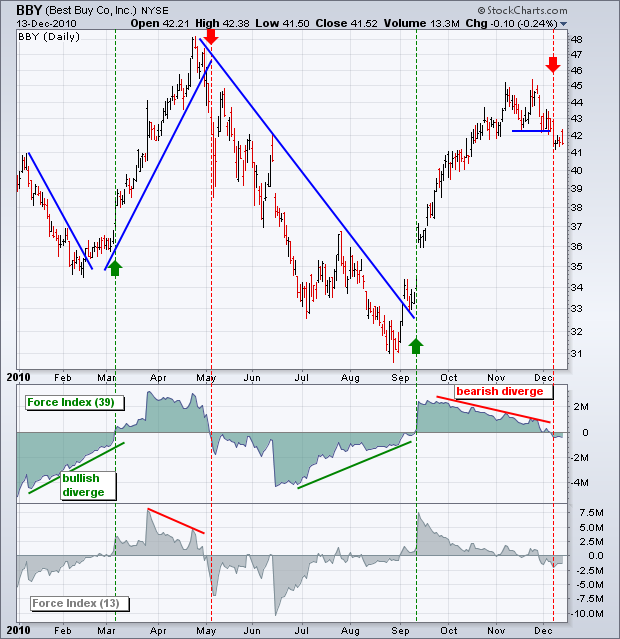

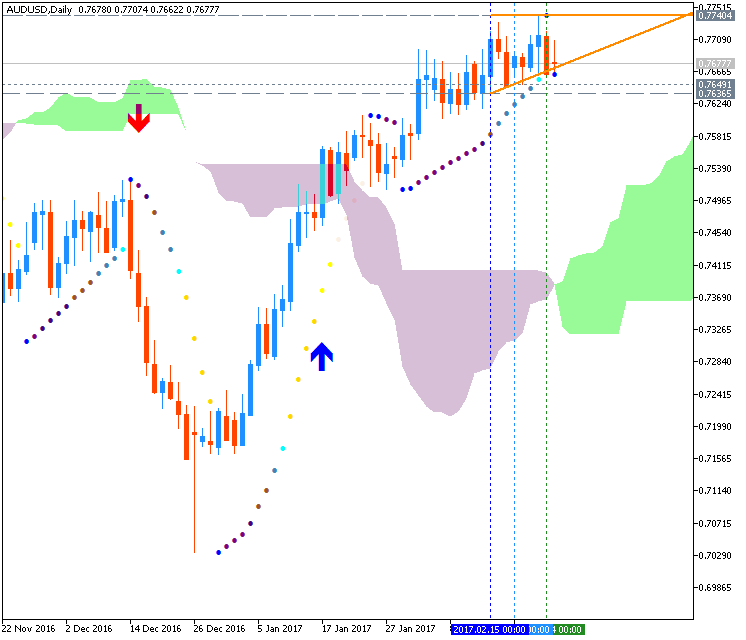






Bookmarks